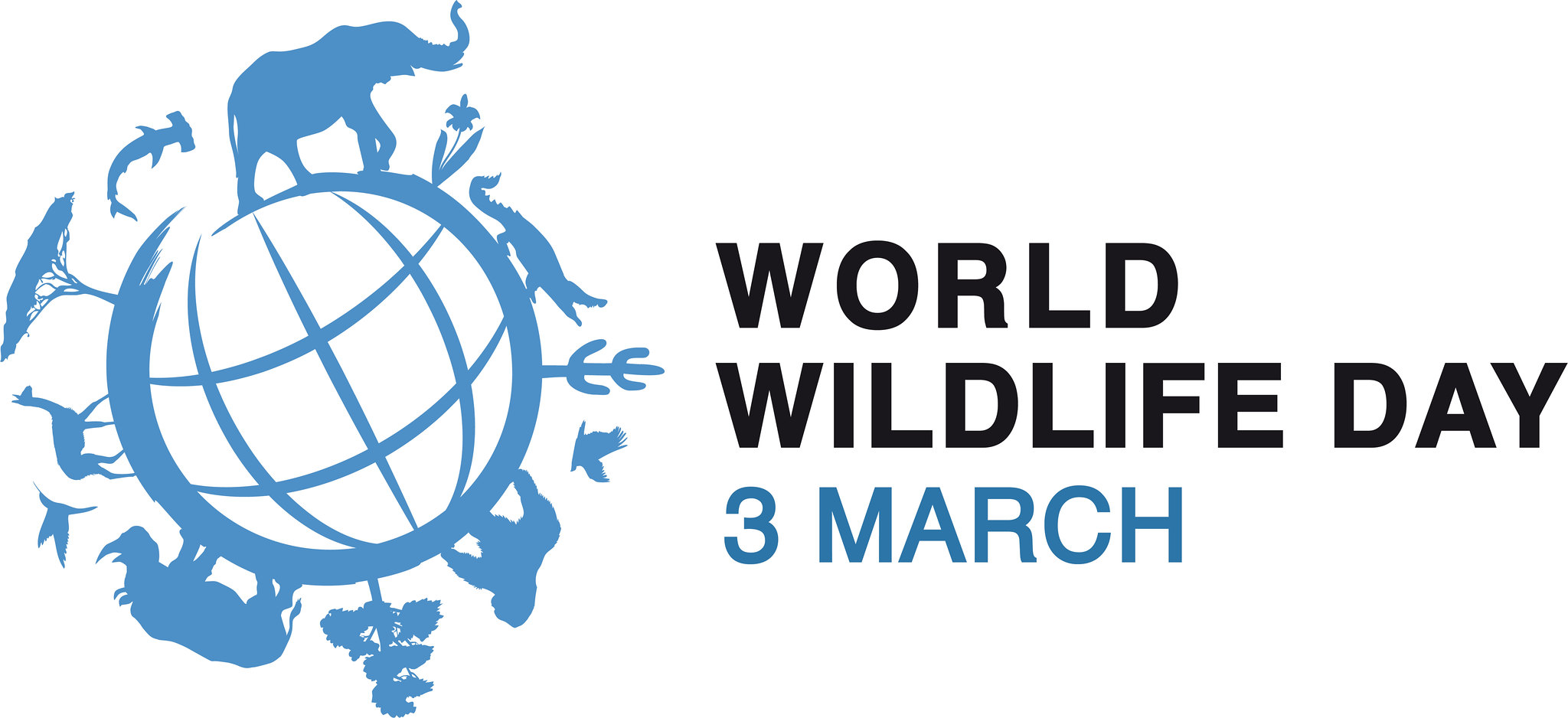Understanding the power of nature on World Wildlife Day 2024
March 2024, by Catherine Gordon
United Nations World Wildlife Day (WWD) is celebrated every year on this day, 3rd March, to recognise and celebrate wildlife’s unique role and contribution to people and the planet. The theme of WWD for 2024 is Digital Innovation in Wildlife Conservation. As well as opportunities for supplying digital infrastructure and equipment to conservation projects, companies are increasingly becoming aware of their own activities’ impact on wildlife, and a realisation that minimising this impact is not only the right thing to do but is a commercial necessity. Market research and insight can be invaluable tools to help companies understand how their approach to wildlife, conservation and environmental impact resonates with their consumers, employees and their wider stakeholders.
Most companies are becoming more aware of their impact on the environment willingly or because they must. Companies wanting to commit to being more responsible corporate citizens join the ranks of movements such as B Corp, which certifies that a company has achieved high environmental and social performance standards. Other companies realise they have little choice but to adopt policies minimising environmental impact to comply with regulations, supply chain requirements or in response to consumer demands for greater environmental responsibility. For UK companies, the introduction of biodiversity net gain regulations in early 2024 requires companies to address and fix any adverse ecological impacts of development projects. Having a responsible environmental policy is increasingly a commercial necessity rather than just a ‘nice to have’.
The UN’s theme of digital innovation in conservation shines a light on multiple ways in which tech is advancing the cause of conversation. Whether we are inspired by learning about conservation projects through social media, watching wildlife do its thing in our own back gardens on motion-activated cameras or learning about new discoveries in nature through AI-driven research projects, technology has a lot to offer to conservation and biodiversity agenda. Technological innovation has made research, communication, tracking, DNA analysis and many other aspects of wildlife conservation easier, more efficient, accurate and engaging.
The rich diversity of people interested in conservation and biodiversity became apparent in my local area when public access to a piece of ancient woodland was threatened. A community group sprung into action and, helped by social media, formed an effective campaign to preserve access to the woodland when it was put up for sale. The diversity of age groups and backgrounds of people involved in the community group was notable: BMX cyclists (young and not-so-young), dog walkers of all ages, runners, walkers, families, bird watchers, the local badger group, orienteers, those fearing the development of a housing estate. Despite the diverse demographics and reasons for wanting to preserve the woodland, all were committed to its conservation and the biodiversity it contained. The woodland was sold, but access was preserved for current and future generations through the designation of a number of new public footpaths along well-trodden routes, a process which the campaign group initiated.
The important insight here for companies is that conservation and biodiversity issues can resonate very strongly with consumers from diverse backgrounds and demographics and for very different reasons. Insight research can help companies to understand better this complex mix, how this might impact their consumers’ buying decisions and how companies might adapt their own policies and practices towards conservation and biodiversity and evidence impact.
As well as responding to how customers feel about wildlife, conservation and biodiversity, many companies also support conservation projects as part of their community action programs. Many wildlife charities have ‘corporate partnership’ programs and work with companies wishing to facilitate employee volunteering or well-being programs. Our own community day here at MM-Eye supported a conservation project, carrying out maintenance work on a wildlife meadow at Wormwood Scrubs Park. Wellbeing and community programs can be a big motivator for employees and potentially a recruitment draw.
Environmental considerations are becoming an inescapable aspect of the corporate world, and for many consumers and employees, wildlife conservation is a powerful motivator for action and personal choice. Consumer insight research can help companies better understand the factors influencing their customers’ choices and how they can best address and respond to these changing attitudes. Broader stakeholder research, including employee research, may influence how best a company allocates resources to maximise impact.
If you want more information about how consumer or stakeholder research can help your business grow, respond to shifting consumer and employee attitudes to wildlife conservation, foster meaningful connections with your brand or product, and evidence of the impact, feel free to contact us at MM-Eye.
